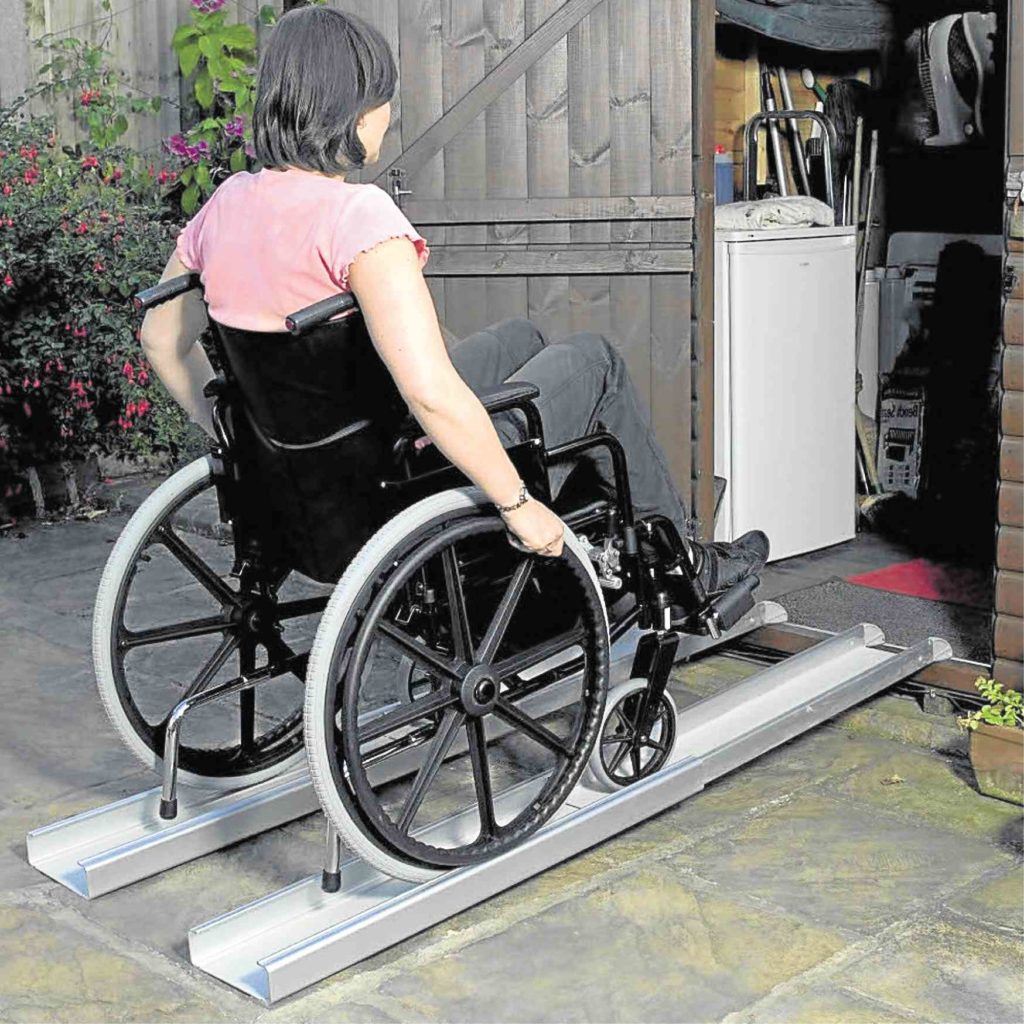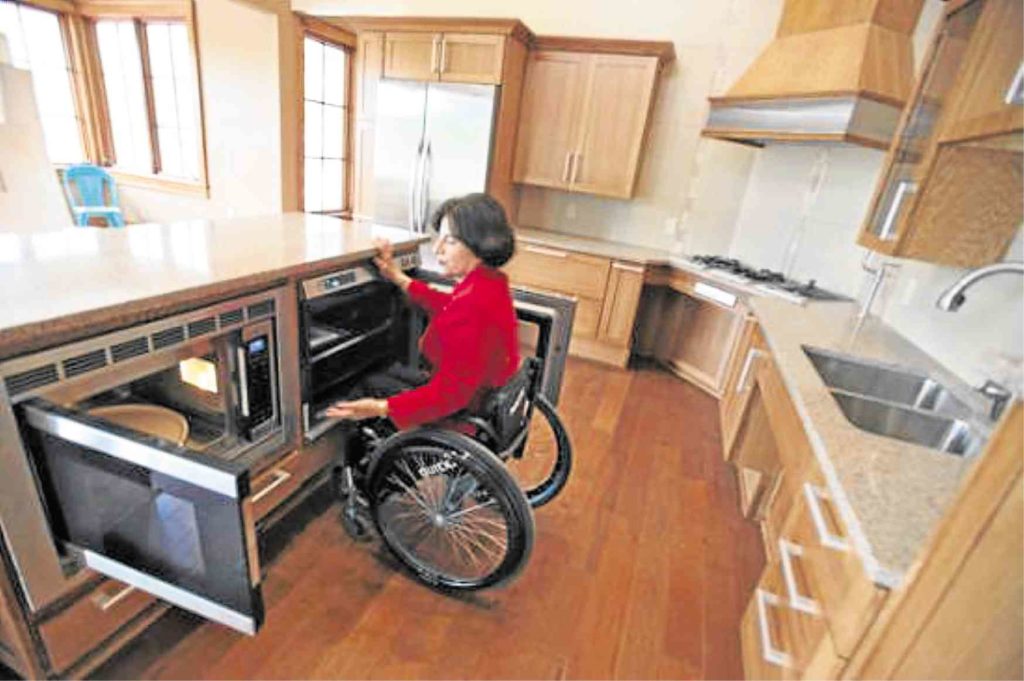
The value of making the spaces more accommodating for our elders alleviate the hardships that old age brings.
One of the most notable characteristics of Filipinos is our regard for our elders, usually our grandparents.
We take good care of them until their final moments, making sure all their needs are addressed and that they experience a better life. We either live with them or have them move in with us at our urban homes, townhouses, or condominiums.
Whatever the case may be, there is great effort in making sure they do not end up in shelters for the elderly.
Shelters have one thing most homes do not have, and that is the design for special care. Because these centers are aimed at serving the needs of the elders, their circulation spaces, rooms, toilets, and common areas are all equipped with the necessary features that are pro-elderly.
And because they have knowledgeable caregivers and attendants, the place isn’t bad at all. But wouldn’t it be best to have spaces ready for special care at the comforts of our homes? There are many ways to achieve this.
Accessibility
Most of our elders either use a wheelchair or a stick to walk around.
They need fresh air in the morning. They like watering the plants in our yards, sweeping the fallen leaves off our trimmed lawns, even plucking the overgrowth of grass. They make themselves useful and they love doing so which is why we should consider allowing them to move around free from obstructions.
Avoid having steps, uneven surfaces, and most of all slippery floors. Instead, have gently sloping ramps, flat and non-slip flooring materials to assist them in moving around.

The value of making the spaces more accommodating for our elders alleviate the hardships that old age brings.
In the case of living in condominiums, the law regulates these buildings to provide access ramps. And because they are constructed with elevators, they provide access to any floor.
In the morning, the elderly may access the amenity deck where they could do their daily exercise, appreciate the landscape, and stay by the pool area watching over their grandchildren.
Privacy
There is no better location for a bedroom for the elderly other than the first floor of your house as this eliminates the use of stairs. The side of their beds may be fitted with a buzzer so that anytime they call for assistance or help, anyone in the household may assist.
Non-porous surfaces for counters and lavatories make sure that there is no unwanted microorganism build-up in the kitchen and toilet.
An intercom would also prove to be useful, so they can also communicate specific concerns.
To give our elders their own private space, their room is separated from the rest of the house by a door.
Ideally, such opening shall provide a clear passageway of 90 cm to allow a person in a wheelchair to pass through effortlessly. Any wider and the door will be out of standard and not readily available in the market.
In choosing a swing door, it is ideal to have it hinged swinging clear both ways and have a hold-open function.
Such doors, however, must be lightweight and should also have a kick plate made of steel at the lower part for protection from bumps.
In some cases, a vision panel made of frosted glass may be fitted onto the door so that a silhouette from the other side of the door may be seen, thereby avoiding accidents getting hit by the door.
Hygiene
Considering the special need of our elders, a bacteria- or virus-free environment is of utmost importance.
Non-porous surfaces for counters and lavatories make sure that there is no unwanted microorganism build-up in the kitchen and toilet.
Properly ventilated spaces and indoors accessed by sunlight are more sterile and offer a more enjoyable space compared to a dark gloomy room. Air-conditioning the room may not be enough so the use of air purifiers and ionizers assist in maintaining indoor air quality. Filtered natural ventilation free from air pollution is still the best way to go especially if plants and trees surround your home.
Toilet walls and floors are preferred with no or less grouted areas as these become the grounds for bacteria to grow. They must be designed to allow air flow within the space and exhaust the excess moisture out.
Taking a bath is probably the hardest activity for the elderly which is why it is best if there is a built-in toilet seat with telephone shower for assisted bathing complete with grab bar on one side.
For the laundry, access to hot water allows the clothes to be sterilized.
It is not always the case though especially in urban homes that the homeowner gets to decide how his residence will be finished. In condominiums and townhouses, the owner is left to make do with what was initially provided.
But the value of making the spaces more accommodating for our elders alleviate the hardships that old age brings. There are several ways to achieve a home ready for special care.
If there are short stairs inside your home, a telescopic lightweight ramp may be used to assist a person on wheelchair to access the upper level.
Indoor gardens are now possible using LED grow lights. Flowers, herbs, and even leafy vegetables may be planted on these systems.
Non-slip coatings can be applied to slippery tiles to improve their friction properties.
AC outlet plugged chimes and signal buttons that can be carried around can replace buzzers.
An IP camera system can assist in monitoring and checking in on elders.
Select an air-conditioning unit that has air cleaning/purifying features.
Use Grade A Anti-bacterial grout for kitchens and toilet tiles to replace the existing ones.
Use a tubular daylighting device or a light tunnel to bring daylight into interior spaces.
Use a foldable toilet seat structurally bolted on the wall for the bath.
Point of use water heaters are cheap and does not require re-piping.
Incorporating these elements in your home will be a challenge but we cannot put a price in making our elders feel that they are welcome in our homes or in their own homes.
Deciding to do it is half the walk—choosing a professional to plan it ensures the proper execution of the project. After all, we will all grow old too.
The author is the principal architect of SpecsConsult, which specializes in design and technical specifications.

